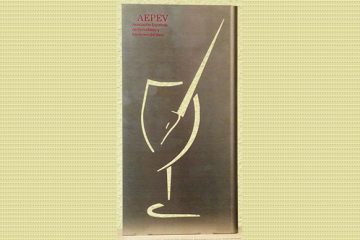When we read about winemaking, concepts such as pigeage, délestage, cap of skins, pumping-over or batonnage are more frequent every day. All these terms are linked to the different processes of wine maceration, a rather common technique in wine making.
We usually associate the word maceration to liqueur wines, vermouth or alcoholic beverages that have been made with spices, fruits, wood … But in this case, we refer to a winemaking procedure which involves dipping the grapes and the solid parts of the cluster (in other words, skins, pulp sediments and seeds) in the grape-juice, in order to extract the noble components present in the skins, which provide specific wine characteristics, especially phenolic compounds, tannins, colour and aromas.
Normally, this process is intended to provide a greater, more powerful aromatic concentration. The pisage and délestage are pumping-over techniques, of different intensities, performed to homogenize the aromas and the wine pigments and it usually takes place at the same time as fermentation.
The pellicular maceration involves leaving the skins in contact with the grape-juice, before fermenting, in order to obtain a more aromatic must. It is usually called cold maceration, because it takes place at a low temperature to limit the loss of volatile aromas. In this case, rather than pumping-over, we talk about batonnage, but not exclusively. This homogenizing technique is not necessarily linked to the fermentation process.
Furthermore, carbonic maceration is a particular case. Traditionally, it was the method of choice in areas like La Rioja Alavesa or the Vineyards of Beaujolais. In this case, whole, unpressed grape clusters are fermented in a sealed tank using carbon dioxide. This way, the carbon dioxide permeates the grape skin, allowing fermentation to take place inside the grape. Currently, this technique is used to elaborate intense red wines, with a high concentration of red fruit aromas.
[cta_generico id=2584]


